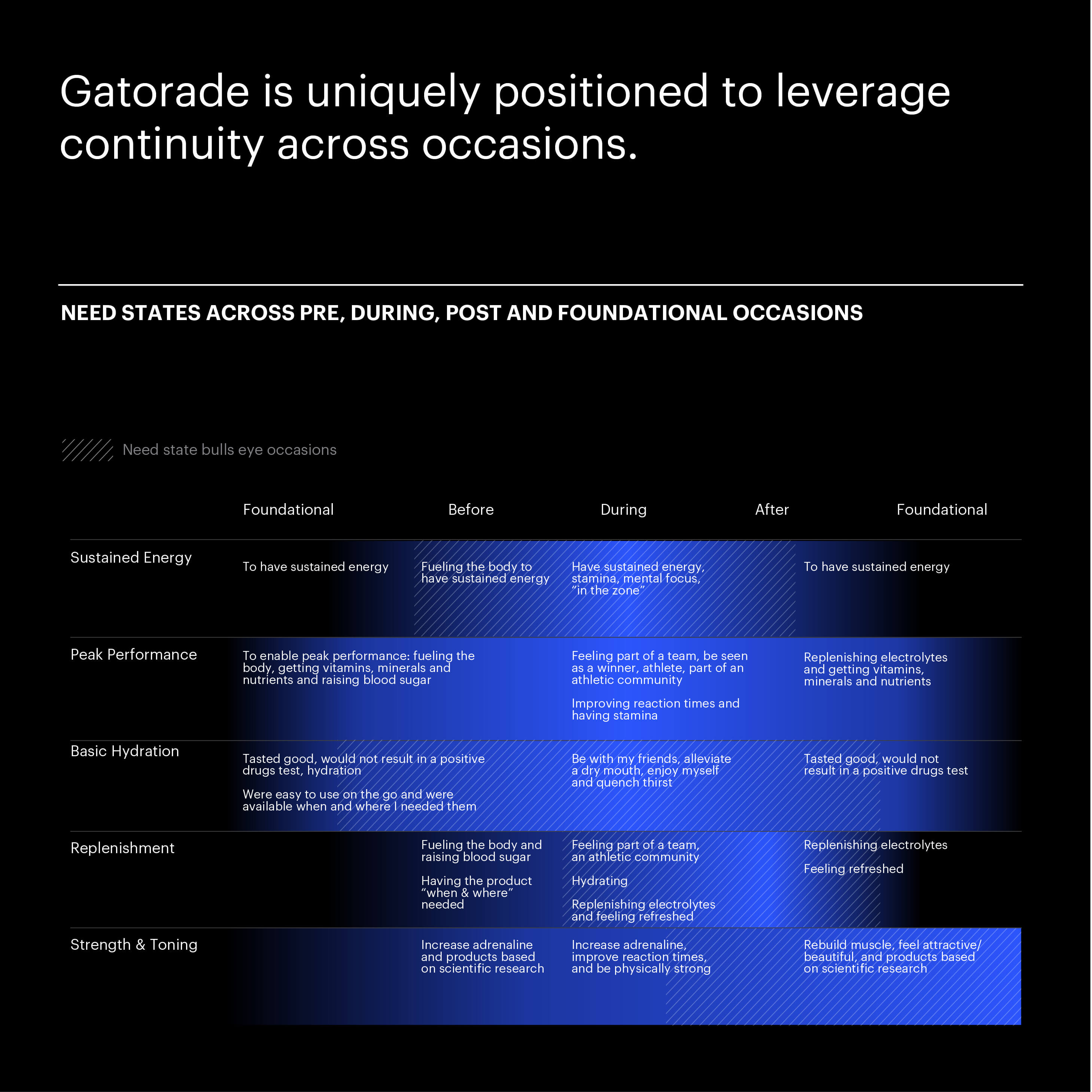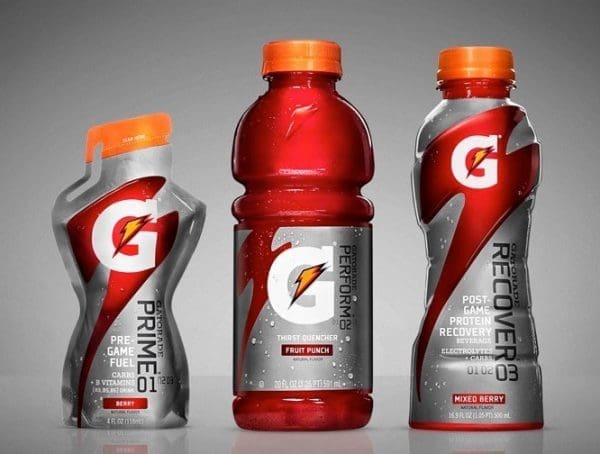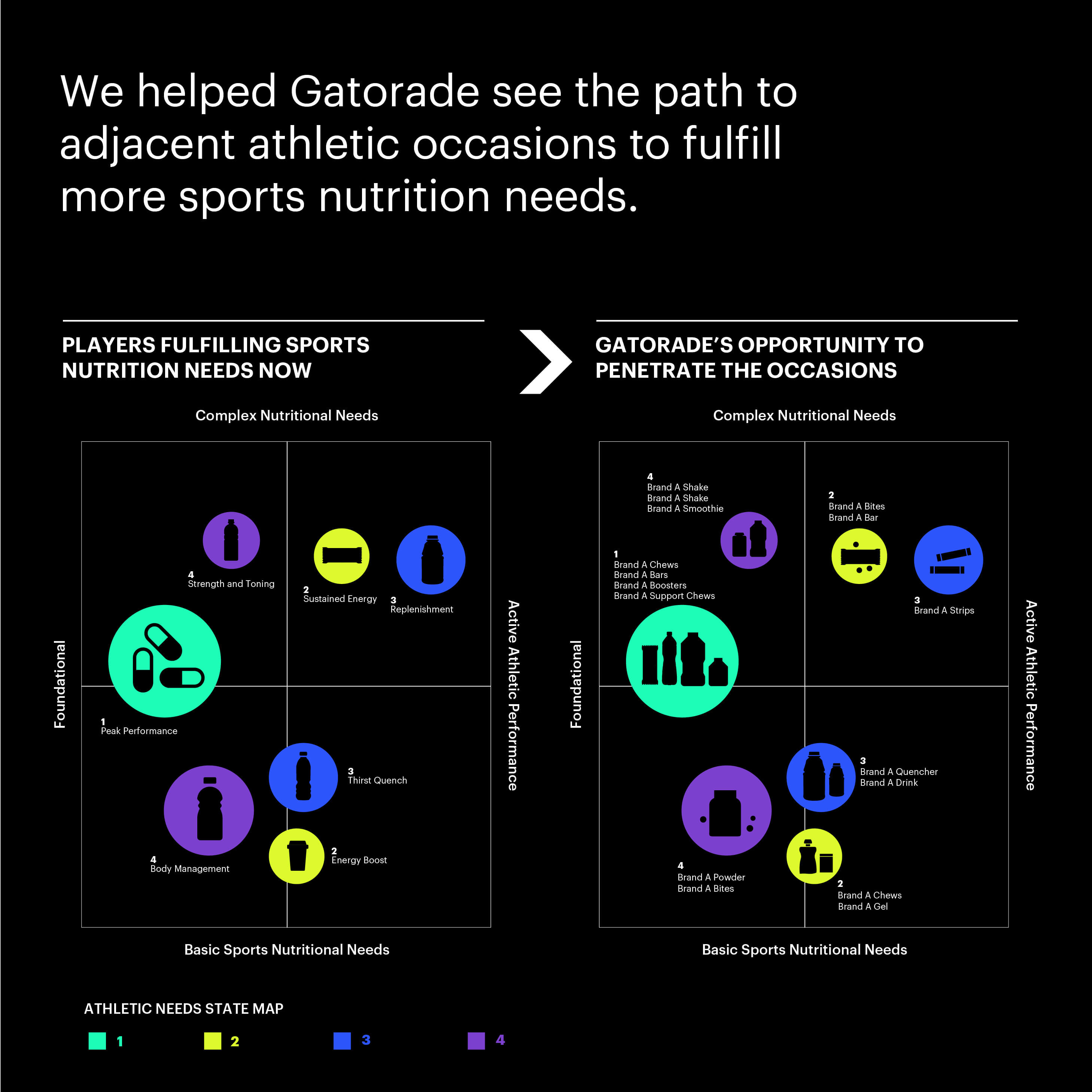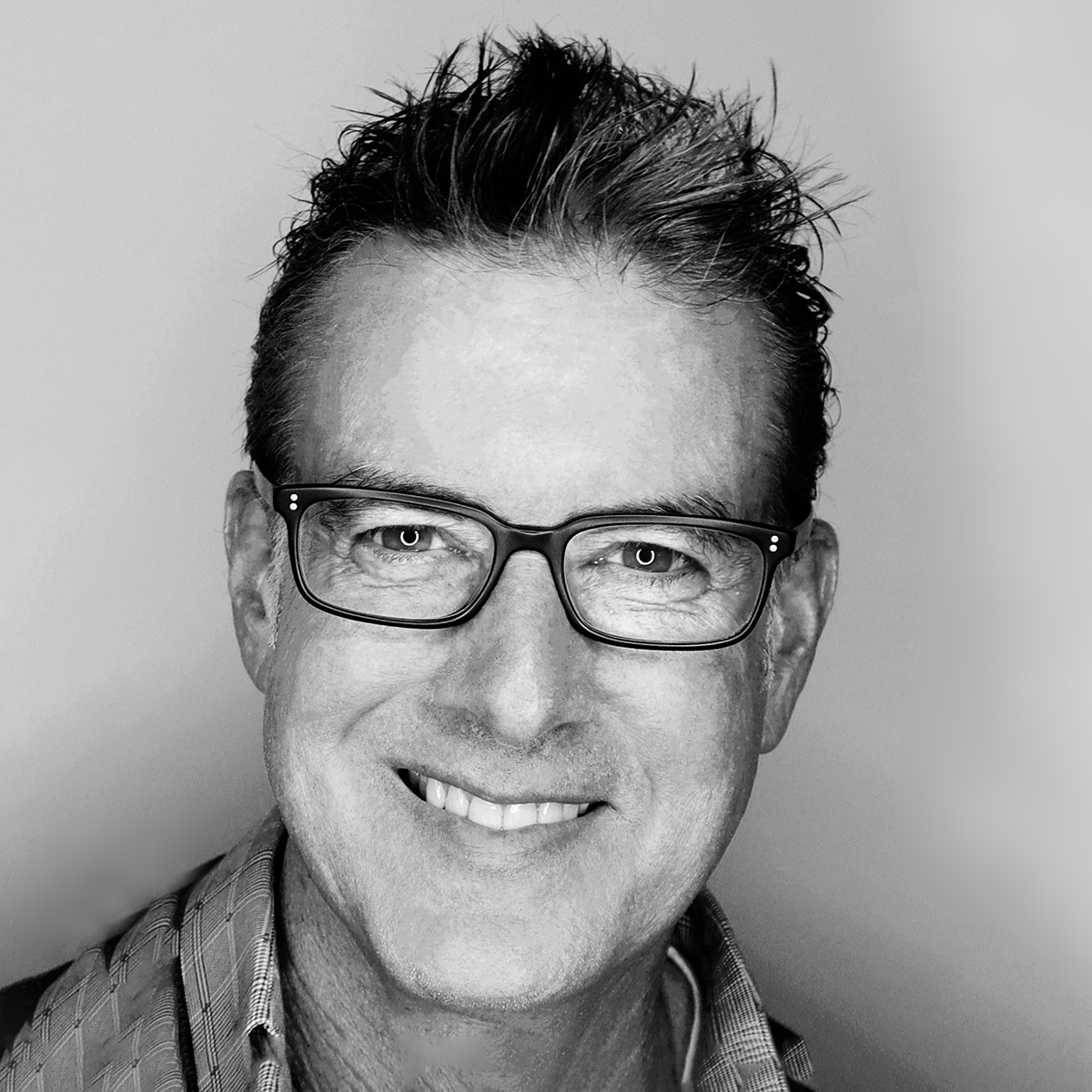How Customer-Led Experiences Drive Business Growth
Customer experience used to have a clear beginning, middle and end. And most customers followed a similar path. But traditional customer journeys no longer exist. Today, these experiences are non-linear, unpredictable, and shared; and only a few companies are taking advantage of this new reality. Most still view customer experience through a traditional lens: What’s wrong, and how can we fix it? But for those willing to widen the aperture and obsessively follow customers in all directions, experience-led thinking is creating new value, revenue growth and profit.
Customer experience (CX) is at a tipping point: The only brands winning love and loyalty are those taking engagement to a deeper, more complex level. In fact, digital has given companies the power to easily add new moments and touches, and remove steps, streamlining the experience. By following customers through the crisscrossing network of real-world, social and digital experiences, organizations find a deeper understanding of people, as well as opportunities to use those insights to create signature moments that drive relevance, word-of-mouth, and loyalty.
With the blending of digital and physical worlds and virtualizing of brands, customer experiences are being transformed while becoming even harder to control. This means that authenticity has become critical. As emotional decision-makers, customers are constantly seeking experiences that go beyond function.
Transformation requires seeing customer experience differently. Customer experience is no longer just an output or something brands create and exclusively own. It’s also an input, a valuable conduit. It is a collection of all the moments and interactions that build and shape customer expectations. It is a series of experiences that engage and inspire – strong empathy compels customers to share those experiences with others.
Non-Linear Customer Journey
While experiences may once have been linear, today they are unpredictable. People may stumble across you on their tablet at 3:00 am, dismiss you while reading reviews on their phone, only to rediscover you in an enthusiast’s blog. Customer experience is now the sum–the collection–of all those moments and it is imperative that companies engage and inspire through those moments.
Some experts describe the journey itself as broken, but we prefer to think of it as rerouted—it’s now part helix, part labyrinth, and part maze. People interact with brands across many touchpoints, and they determine their own path to purchase. And whether they are in the pre-purchase, post-purchase or ongoing-use mode, one thing is certain–they are no longer spectators or co-creators. They are in the driver’s seat.
Customers are continually talking with other people about brand experiences–those that thrill and those that disappoint. And they’re doing it publicly, and on social media. Given these shared experiences, the most important part of the experience is fast becoming not just what impacts one particular person, but all the potential customers around them.
Industries that have been the most disrupted by technology seem to understand this better. In travel, for example, airlines are increasingly recognizing that mobile technologies are everything to frazzled travelers. But brand parity has made physical comfort more important than ever—look at Delta’s renovated JFK Terminal, which includes spa services and better food (a Shake Shack, for example), more security lanes, and a lounge luxurious enough to make layovers more bearable.
“Companies that are truly customer obsessed put peoples’ needs and aspirations ahead of technology, business operations and other processes.”
Healthcare is another example. As consumers, providers, hospitals, and insurers have become increasingly disenchanted with the status quo, smart companies are pioneering powerful experiences via patient portals, telemedicine and even virtual doctors.
Four Essentials to Grow the Customer Experience
What successful companies have in common is that they’ve adopted an experience-led mindset that allows customers to lead the way. Reaching this higher level of thinking requires following four principles:
1. Customer obsession
Customer experience efforts are routinely based on insights, but the most successful companies are those that gather intelligence at a ferocious pace, and constantly put customers at the center. They are tireless in their quest to understand and think like their customers. They invest time–lots of time–listening, watching, and interacting with people to plumb their “absolute truths” and build insights.
Sephora, the beauty retailer allows consumers to build in-depth profiles of their skin tones and favorite products – yielding a wealth of intelligence but also allowing them to deliver a seamless transition between online and store.
And Starwood Hotels & Resorts, with intense analysis of its weary business travelers, uses its obsession to create experiences customers didn’t even know they wanted, such as Keyless Entry to streamline getting to the hotel and entering the room
Creating a breakthrough experience starts with the customer. Companies that are truly customer-obsessed put peoples’ needs and aspirations ahead of technology, business operations and other processes. This is not about just conducting customer research–it’s about allowing people to co-create and join in the development cycle. Customers are the independent variable that comes first. Everything else comes later. As obvious a point as it may seem, customer experience is about customers and if you do not understand customers deeply it is hard to achieve successful growth.
2. Ruthless pragmatism
Companies need to stay focused on essential objectives, prioritizing investments that add the most value. It’s important to understand what part of the experience truly matters to customers and then align that to feasibility and operational efficiencies.
“Some experts describe the journey itself as broken, but we prefer to think of it as rerouted.”
This also means adopting a test-and-learn mentality that allows piloting the most promising ideas, as well as metrics to kill initiatives that aren’t working. Google conducts thousands of tests every year, but on very small groups of users. Relatively few go on for additional testing. This hard-nosed thinking is critical to determine where to focus investments: Which areas matter most, and have the greatest impact?
3. On-brand authenticity
Fueled by customer insights, it’s important to shape experiences that are consistent with a brand’s core equities, translating them into signature touches. What are the brand attributes that need to be reflected in every aspect of the experience? Patagonia excels at authenticity, making high-quality, multifunctional clothes that “last a long, long time.” It delivers on its purpose in inspiring ways, from the “Better than New” truck that repairs items, the “Worn Wear” campaign that celebrates the stories “we wear” and by featuring interestingly sourced materials (such as recycled plastic soda bottles) in its products.
Tesla is another, with customer advocacy that extends beyond its interactive, educational showrooms into its hassle-free servicing. With a vow to never have service as a profit center, most repairs are completed remotely through “over the air upgrades.” And when a car does need dealer attention, Tesla provides a loaner, delivered directly to the owners’ doors.
4. A Connected Mindset
This is often the most difficult and involves working across silos, bringing people together around a shared goal in effective cross-functional teams. Aligning incentives and processes allow people to think outside of their functional groups and business units, because to consumers, that’s all irrelevant. Tech companies often have an inherent advantage, simply because they’re newer and less entrenched in their respective silos. From PayPal to Facebook to Amazon, they’re known for pulling together for bold moves.
But any company can learn to work this way. GE Healthcare, a Prophet client, traditionally led from its own engineering prowess. But by working across departments, it switched its focus to the crushing dilemmas of large hospitals. To streamline purchasing and maximize machine use to improve care and lower costs, it allowed its customers to lead it to a new selling focus, one that elevated it from a vendor to a true partner.














